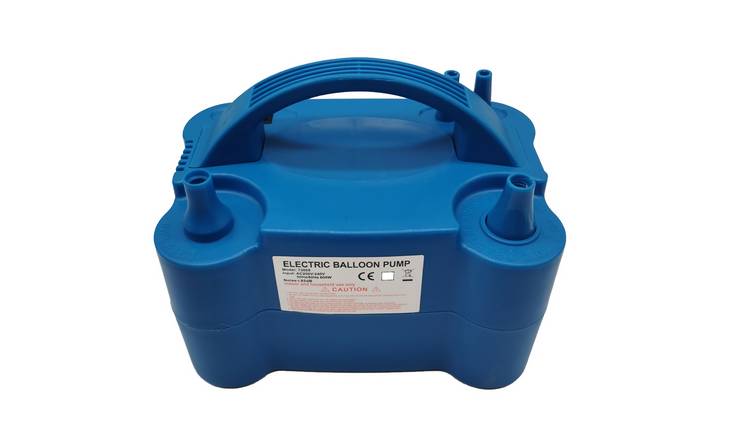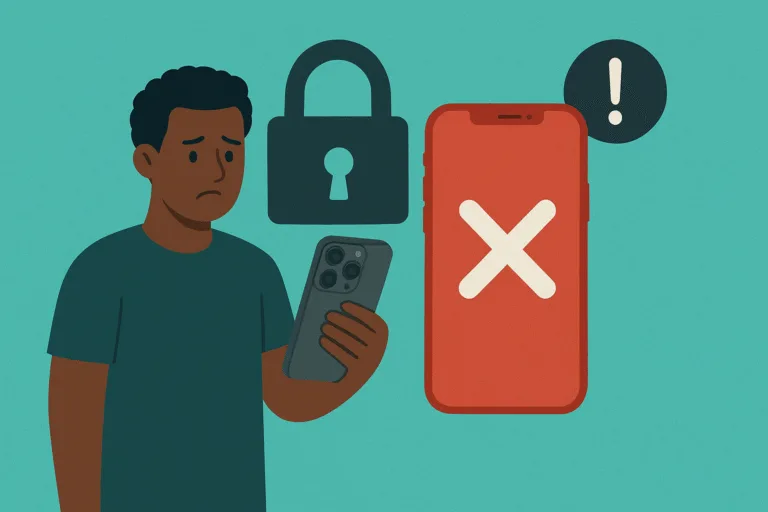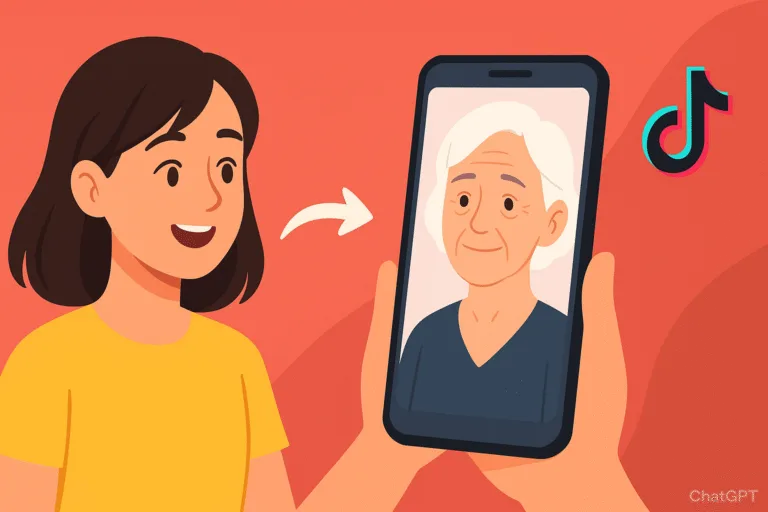A balloon pump is a device used to inflate balloons quickly. They are commonly used in events such as birthday parties, weddings, and other celebrations. However, have you ever wondered how they work and what science is involved in their operation?
The science behind balloon pumps involves the principle of air pressure. Air is compressed into a small space, which increases the pressure inside the pump. When the pump’s nozzle is inserted into the balloon, the air inside the balloon is pushed out by the higher pressure of the air inside the pump, causing the balloon to inflate.
There are two main types of balloon pumps: manual and electric. Manual pumps require physical effort to operate, while electric pumps use an electric motor to inflate balloons. Both types of pumps work by compressing air inside a cylinder and then releasing it into the balloon through a nozzle.
In addition to air pressure, the design of the pump also plays a significant role in its effectiveness. For example, the nozzle must be the right size to fit the balloon’s opening to prevent air leakage, and the pump’s cylinder must be sturdy enough to withstand the pressure of the compressed air.
Moreover, balloon pumps are not only used for inflating balloons but also for other applications, such as inflating air mattresses, pool toys, and inflatable structures. In these cases, the design of the pump is adapted to the specific application.
Summarily, balloon pumps are a simple yet effective device that works on the principle of air pressure.

How to Tie Balloons Together
Tying balloons together can be a fun and festive way to add some color and flair to a party or event. Whether you’re planning a birthday celebration, a wedding reception, or any other special occasion, knowing how to tie balloons together can help you create a stunning display.
Here are some simple steps to help you tie balloons together:
- Inflate your balloons: Start by inflating your balloons to the desired size using either a balloon pump or your own breath. Be sure to leave a bit of space at the end of the balloon to allow for tying.
- Tie a knot: Once you have inflated your balloon, pinch the end of the balloon and twist it a few times to create a loop. Then tie a knot around the loop to secure it in place.
- Repeat: Repeat this process for each balloon that you want to tie together.
- Tie the balloons together: Once you have tied a knot in each balloon, you can start to tie them together. Take two balloons and tie the loops together using another knot. Repeat this process with additional balloons until you have the desired number of balloons tied together.
- Create a cluster: If you want to create a larger display, you can tie several clusters of balloons together. To do this, tie each cluster together with a ribbon or string, leaving enough length to tie the clusters together.
- Hang your balloons: Once you have your balloons tied together, you can hang them up using ribbon or string. Alternatively, you can use balloon weights to hold them in place.
Tips for Tying Balloons Together:
- Use balloons of different colors to create a fun and vibrant display.
- Consider using different sizes of balloons to create depth and interest.
- Use ribbon or string that matches the color of your balloons to create a cohesive look.
- If you’re using helium-filled balloons, be sure to tie them tightly to prevent them from floating away.
- To create a more professional-looking display, consider using a balloon decorating strip, which allows you to easily attach and space out your balloons.
Tying balloons together is a simple way to create a fun atmosphere. With a little bit of practice and creativity, you can create a beautiful display that will wow your guests and make your event unforgettable.




